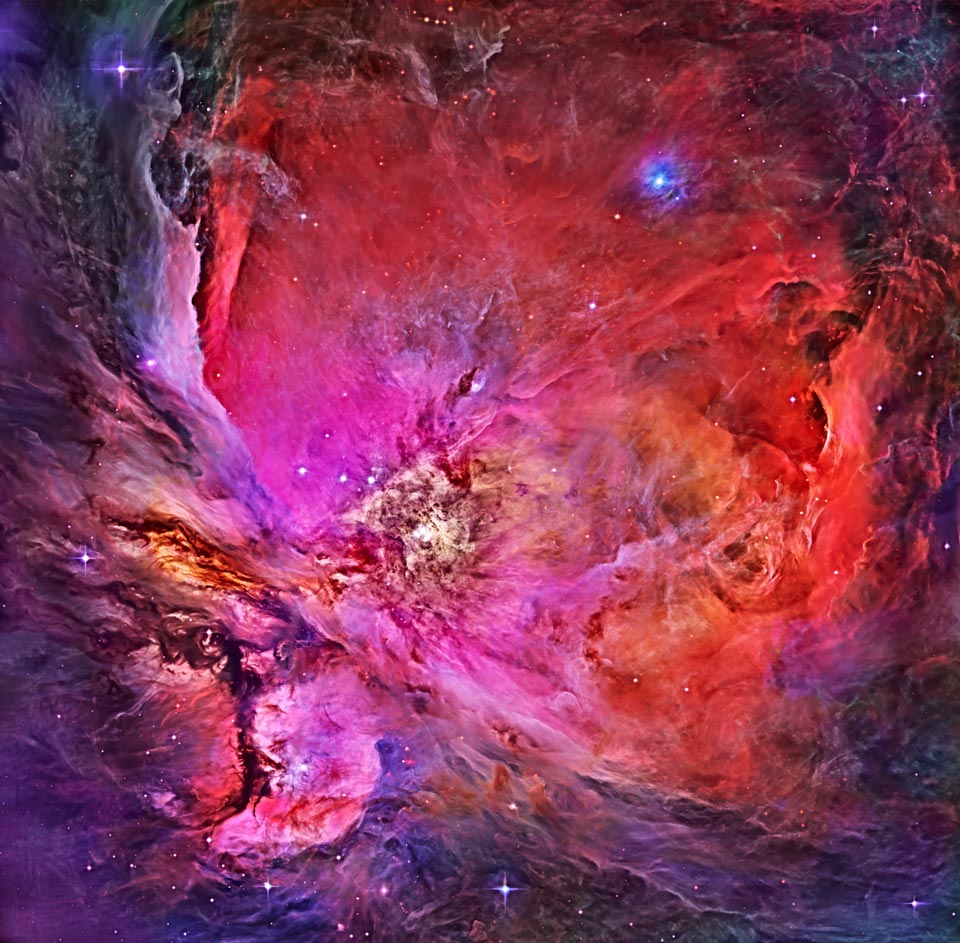 |
| The stream lines on this simulation of a supernova show the flow of matter behind the shock wave giving clues as to the origin of pulsars. image and text wikimedia |
Pope Saint John Paul II welcoming the distinguished participants to Marcel Grossman Meeting on Relativistic Astrophysics 21 June 1985. Here is part of the speech by His Holiness
1. We are living in a unique era. There was a time when scientific discoveries having an enormous impact on the development of human society and on the way we see ourselves only occurred every century or so. Now they are made on much shorter timescales: every year, every month, even every week. And, what is perhaps more significant, the impact on technology is almost immediate. In fact, within the last few decades we have witnessed more basic advances in our understanding of physical reality than had been made during the entire previous history of our planet. There is strong evidence that this exponential growth of ideas and scientific knowledge will continue.It is wonderful to see how much has been understood concerning the structure of stars -their birth, life and death, the origin and structure of galaxies, the formation of the elements and other building blocks of physical reality in the early universe, and the interlocking roles of fundamental interactions and processes, in the large and in the small.The Catholics Students at Caltech link.
These scientific achievements proclaim the dignity of the human being and greatly clarify man's unique role in the universe.
It should however be a matter of concern to us that, while science develops at ever-increasing speed. other fields of human endeavour remain relatively dormant or even regress. In the absence of a mature interaction between science and the practical and theoretical endeavours of politics, economics, art, philosophy, ethics and theology, the new vision and the new technological powers provided by science can lead to unprecedented human catastrophe. The current inadequacy of such responsible interaction on many levels represents a great "missed opportunity" for creating a new genuine "humanism of profound depth beauty, moral and spiritual nobility and personal sensitivity.
2. lnterestingly enough, the glaring divergence between the pace of development` in science and that of other critical areas of human endeavour, especially politics, is reflected in the personal tragedies of certain scientists in the service of humanity and of their own nations. Some have been and are giants, not only in their particular areas of scientific activity, but also in their unwavering personal commitment to moral and personal values, and to the growth of these values within human society on both the national and the international levels.
The personal misfortunes of these dedicated men and women bear witness to a much larger tragedy experienced by a silent and power less society. Nonscientists can often suffer even greater incursion upon their personal freedom and human rights, but have fewer means of making them known. Basic human rights are not respected in some scientifically and technologically advanced societies. The moral voice and the personal and spiritual sensitivities of scientists and non-scientists alike are at times unheard or simply ignored by those who exercise power.
3. Science, however important. cannot be a substitute for other human activities. Above all it can not substitute for faith, moral values, art or political science. The contribution that science can make, through its dynamism and its constant reaching out towards truth, is to give inspiration and a richer physical context or vision to other human activities. It can share with them the results it has derived from its continuing investigations of the universal laws of nature. Science can finally lead humanity to bow before the Creator of the universe, who, from the Christian viewpoint. is revealed as the Redeemer of man.
Today we see here in this programme two examples of a symbiotic relationship, in this case between science and art. The mathematical solutions of the Einstein field equations of general relativity describing the orbits of particles around a gravitationally collapsed object have inspired a sculptor to create an artistic object,while the electromagnetic signals of a pulsar, the compact remnant of a supernova explosion thousands of years ago, have provided the inspiration for a composition of classical music.
4. Apart from your scientific work, what is most significant about this gathering is that scientists representing more than thirty nationalities are here working and discussing together, addressing in fraternal solidarity some of the most challenging and basic questions ever put to the human mind.
Read the entire speech in L'Osservatore Romano, July 15 1985

